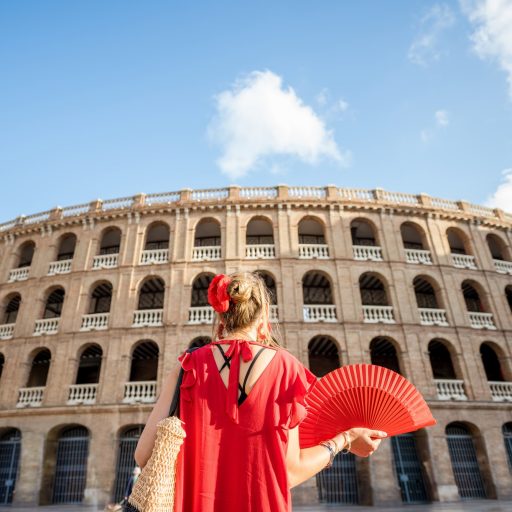One of the best things about tours is that they give you the opportunity to experience new cultures and travel locations while being in a group of like minded people. This can be beneficial for a number of reasons, including safety in numbers and making new friends! It can also ease new travelers into the trip by having someone there to ensure their well-being, answer any questions they might have and provide them with more information about the destinations.
When planning a tour, the first step is to make sure it is financially viable. This is done by looking at the booking contract and determining how much of the net profits the artist will receive. Typically, the artist will be given a flat fee so they are guaranteed to make some money if the tour is successful, even if the promoter has lost money.
After the financial aspect is taken care of, the next step is to put together an initial tour route and timeframe. This is usually based around priority shows, such as major city performances or music festivals, and the rest of the dates will be decided upon in broad strokes at this point.
In order to sell tickets, the artist will generally announce the tour through their own channels (or through their label/management). They will then create pre-sales, where fans can buy tickets before they go on sale to the general public. Depending on the artist and the size of their audience, some artists may also promote their tour through social media and guerilla marketing strategies.



